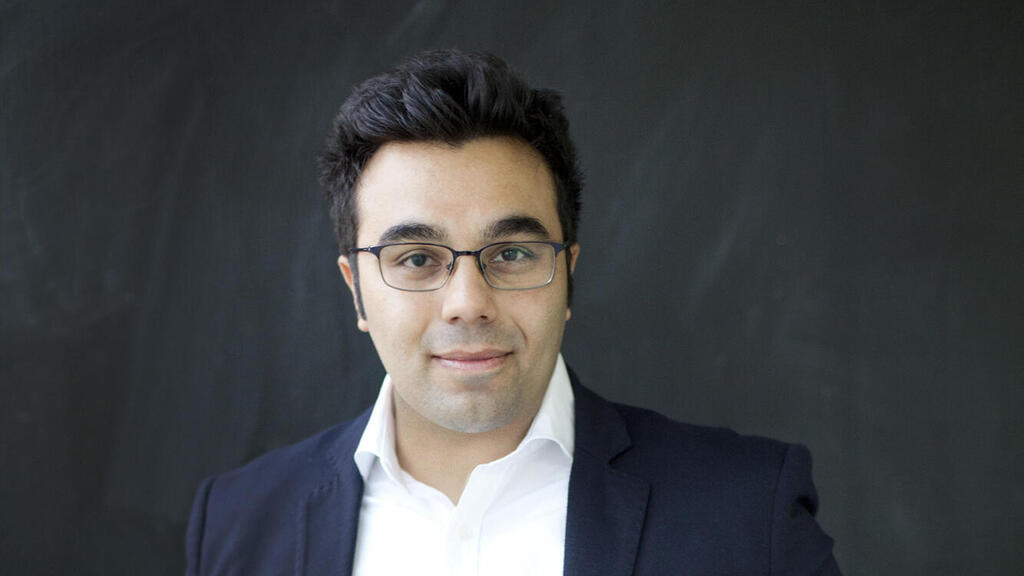
Opinion
From wait-and-see to a rebound in growth: The half-full glass S&P economists overlooked
Israel's economy is grappling with a prolonged, multi-front war that burdens the national deficit and prompts rating agencies to paint a grim outlook. Yet, the Israeli economy has demonstrated resilience in swiftly recovering from past financial crises," writes Moran Chamsi, Managing Partner at Amplefields Investments
Amid the somber news we've grown accustomed to and the rapid pace of the war, S&P economists recently released their semiannual report, predicting a slower-than-expected recovery from the war. Indeed, Israel's economy currently faces a severe challenge. According to the report, the war's economic repercussions include an estimated GDP loss of 2% to 3%, amounting to approximately ILS 30 to 45 billion.
Additionally, hundreds of thousands of workdays have been lost due to emergency mobilizations and civilian restrictions in multiple regions, leading to significant disruptions in the labor market. The report further notes that budgetary expenditures for defense, compensation, and infrastructure reconstruction are expected to rise substantially, straining the state budget for years to come.
Despite the depth of the impact, Israel has a history of rapid recovery. During the COVID-19 pandemic, a severe global crisis similarly caused an initial GDP contraction of 2.5% to 3% in 2020. Yet, the economy rebounded quickly, resuming impressive growth in 2021–2022, with post-crisis growth rates in 2021 among the highest in the Western world.
This pattern of rapid recovery has also characterized Israel following other wars and crises, with subsequent years marking peaks in growth. The current war differs from most of Israel's past wars in its scope, duration, the resources it requires, and the global context. Yet, these very factors plant the seeds for recovery: deals that have been nearing completion and numerous investors in "wait-and-see" mode are poised to be unleashed when the war ends, triggering a "rebound" in investments and growth fueled by pent-up and fresh demand.
This resurgence is also likely because Israel is expected to emerge from the war in an improved strategic position, ensuring several years of stability—similar to outcomes of other significant wars in its past—and given the prolonged reconstruction that its adversaries across various fronts will face. Moreover, the new reality, coupled with the transition to a new U.S. administration, is fostering optimism for positive regional changes, including an expansion of the Abraham Accords and the potential for regional economic prosperity.
Unlike COVID-19, which was a global economic crisis, the current crisis remains regional. Inflation in the United States is steadily declining, as are interest rates. Long awaited initial public offerings (IPOs) are on the horizon, a particularly relevant development for Israeli tech companies. These are encouraging signs that could help Israel’s economy recover more swiftly.
Within Israel’s economy, the high-tech sector played a central role in driving post-COVID growth, with foreign investments reaching approximately $27 billion in 2021. Even in the current situation, with high demand for innovation, the high-tech sector is expected to remain a key contributor to economic growth. Additionally, many tech companies are likely to realize their fundraising potential and sustain operations, helping the economy return to a positive trajectory.
The vast majority of businesses in Israel are small and midsize enterprises (SMEs), an important source of innovation and employment. During COVID-19, these businesses quickly adapted to change - 42% transitioned to digital business models in a short period, and as economic activity resumed, they accelerated growth. It is likely that after the war, these businesses will continue to demonstrate adaptability, strengthening the local economy.
During the COVID-19 pandemic, the government provided over ILS 100 billion in direct aid, allocated to grants, special loans, and SME support. Similar programs are anticipated, aimed at encouraging businesses and restoring the workforce. Such interventions could mitigate long-term damage and accelerate economic recovery.
It is important to note that the S&P economists' fundamental assumption already contains a premise we hope will be disproven: the likelihood of prolonged warfare on multiple fronts continuing into 2025 and the risk of deepening the deficit in the long term. This assumption falls more within the geopolitical realm than the economic. Despite the roaring guns, there are indications that stability on the northern front is approaching - a hope we all share, along with the safe return of all hostages. Stability in the north would likely also lead to de-escalation on the Iranian front and other affiliated theaters.
In conclusion, while the war presents a significant obstacle for Israel's economy, history shows that the Israeli market is capable of renewed growth even after deep crises. With a combination of technological innovation, adaptability in the business sector, and government support, there is a strong likelihood that we will witness another rapid recovery this time.
Moran Chamsi is a managing partner at Amplefields Investments















